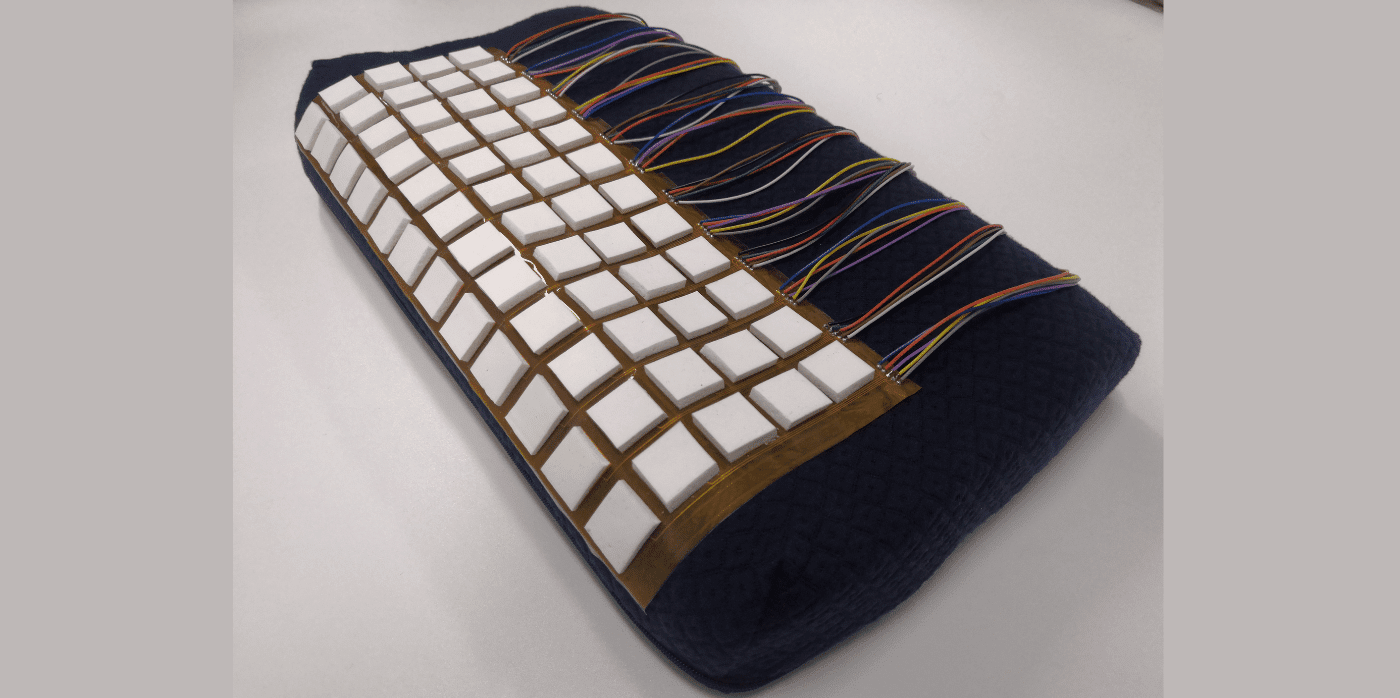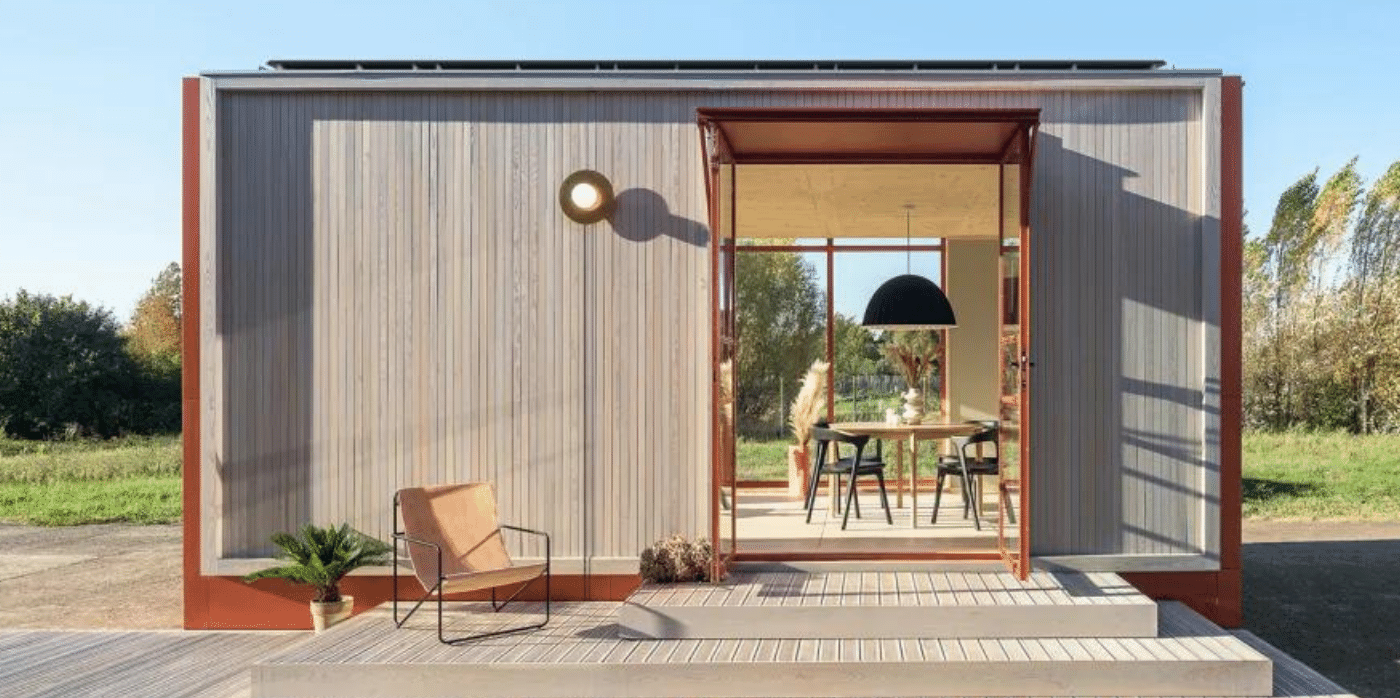A self-powered smart pillow for sleep monitoring
Spotted: A good night’s sleep is essential for maintaining health and wellbeing. But for many, it can be hard to get much-needed shut-eye. In fact, sleep disorders affect up to 70 million Americans every year.
While there are a variety of sleep-tracking devices on the market, most of them either lack accuracy or are too intrusive to be used on a regular basis. However, scientists in China have developed a smart pillow that strikes a balance between these two extremes.
The pillow is equipped with a series of sensors that track head movements to accurately monitor the quality of sleep. Crucially, the pillow is designed to be comfortable and unobtrusive, making it an ideal solution for those who want to track their sleep without disturbing their rest.
The pillow, which is outfitted with a triboelectric nanogenerator (TENG) and sets of flexible, porous polymer triboelectric layers, is self-powered, generating electricity from the sleeper’s head movements.
While the pillow is primarily designed to track sleep quality, the scientists imagine that it could find other uses, such as monitoring patients with neck conditions or acting as an early warning system for people with sleep apnea.
Other sleep innovations spotted by Springwise include an app that uses neurofeedback for better sleep, sleepwear that protects from insect bites, and a smart mattress that encourages a better night’s sleep.
Written By: Katrina Lane
9th June 2022
Email: zhong.wang@mse.gatech.edu
Website: pubs.acs.org


